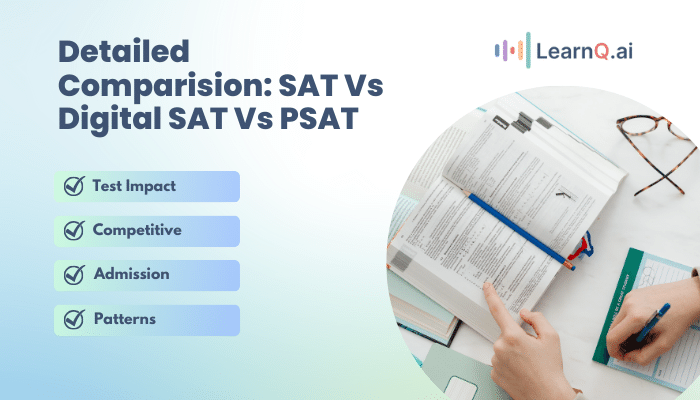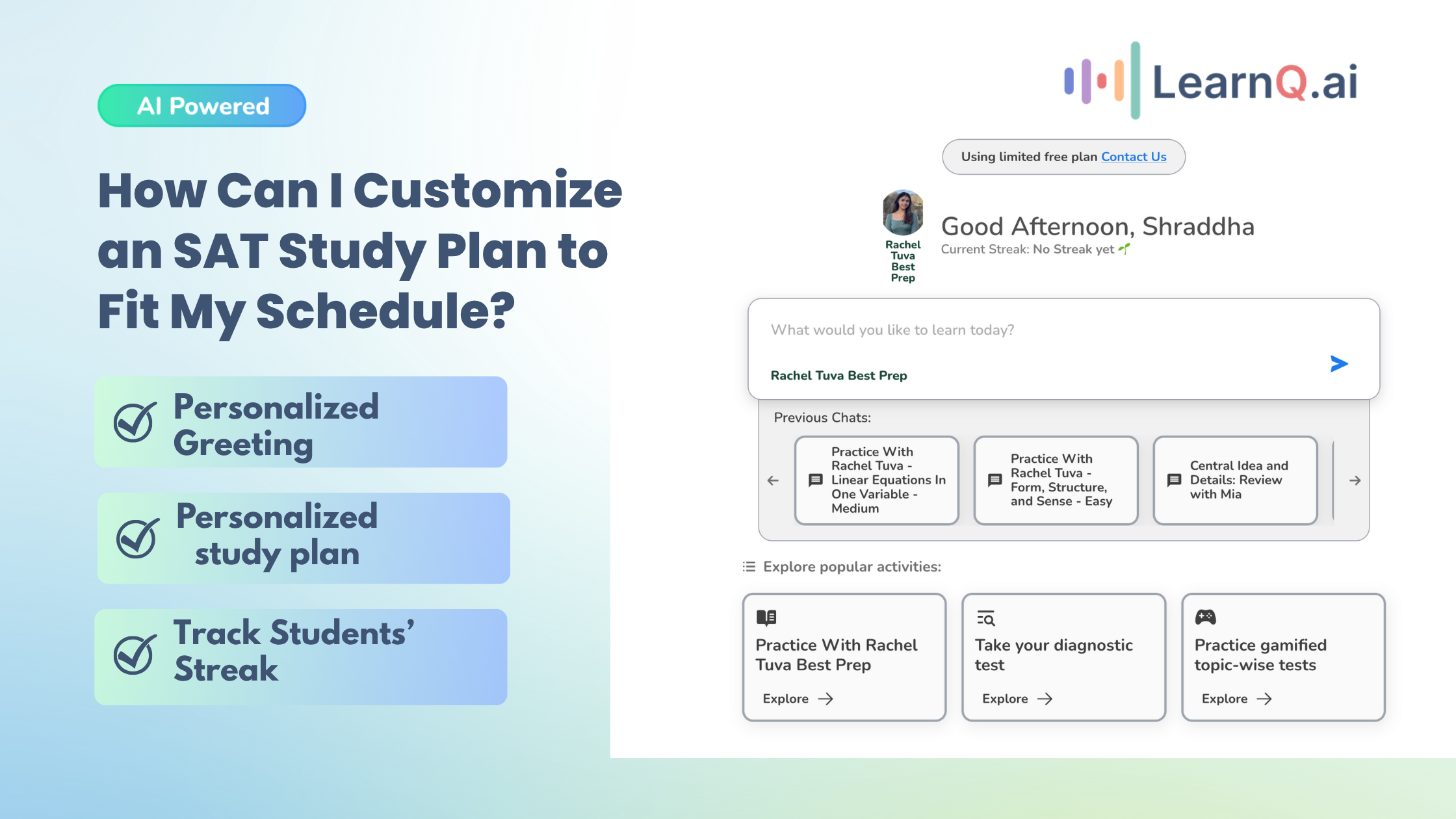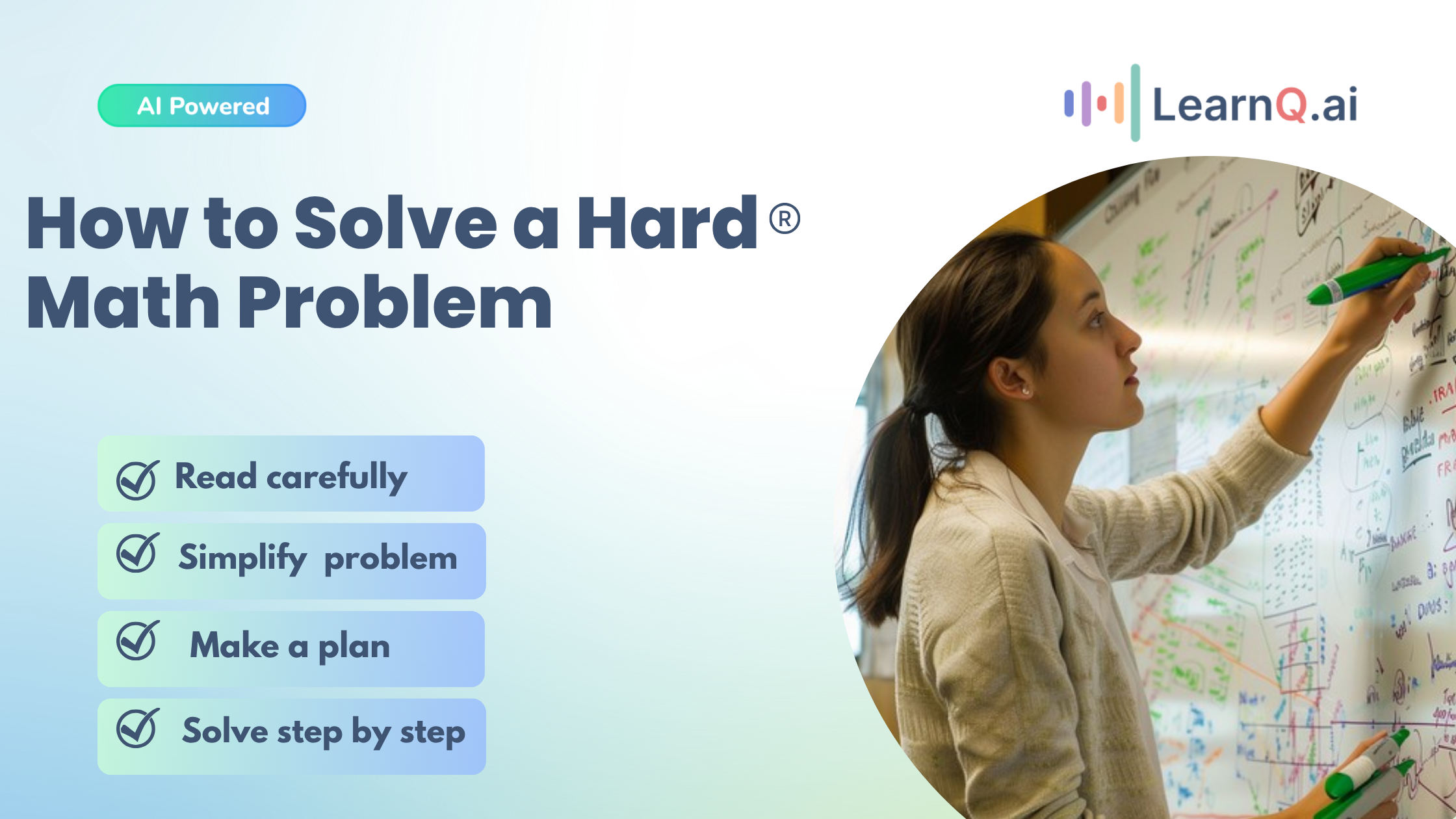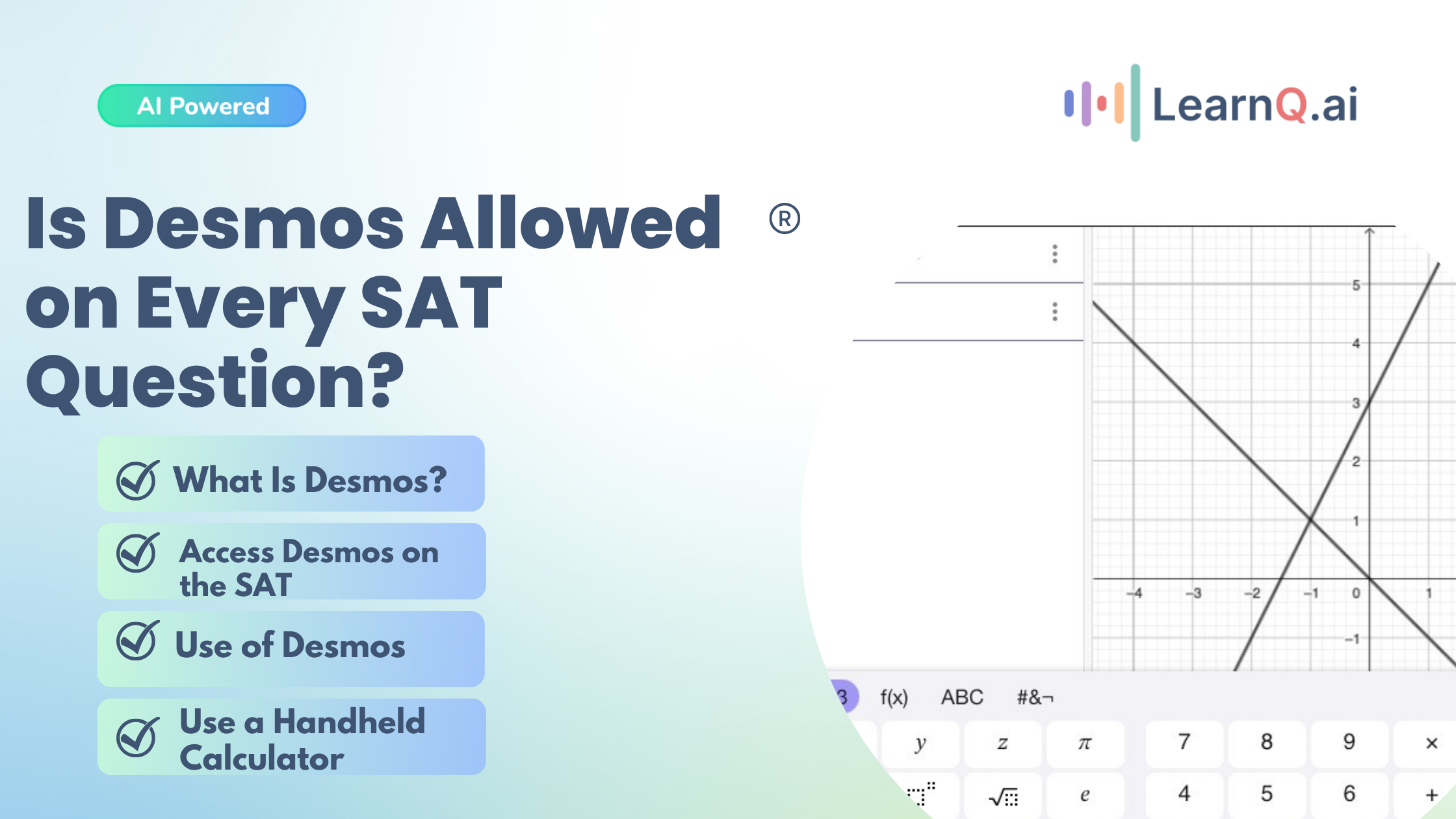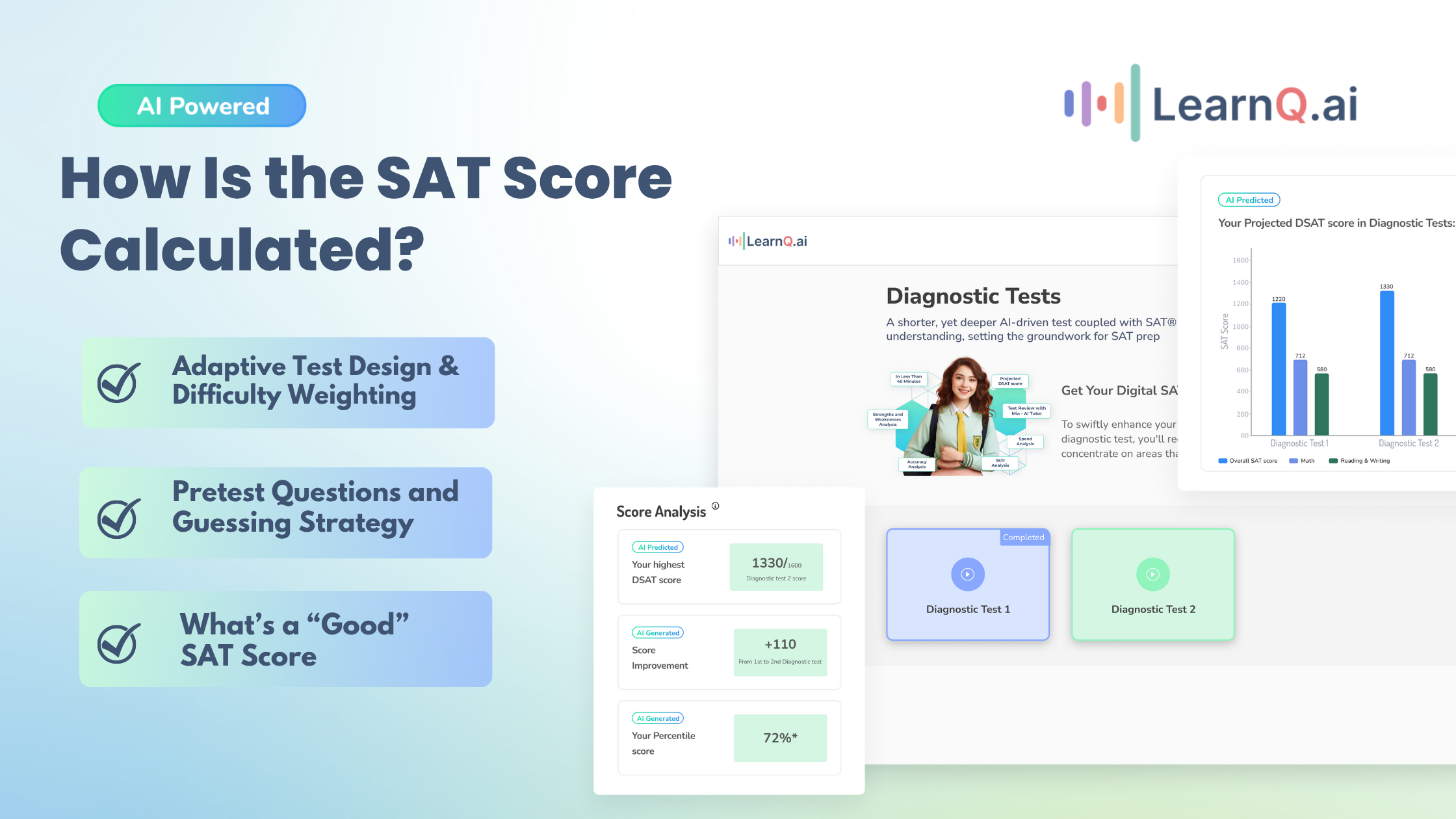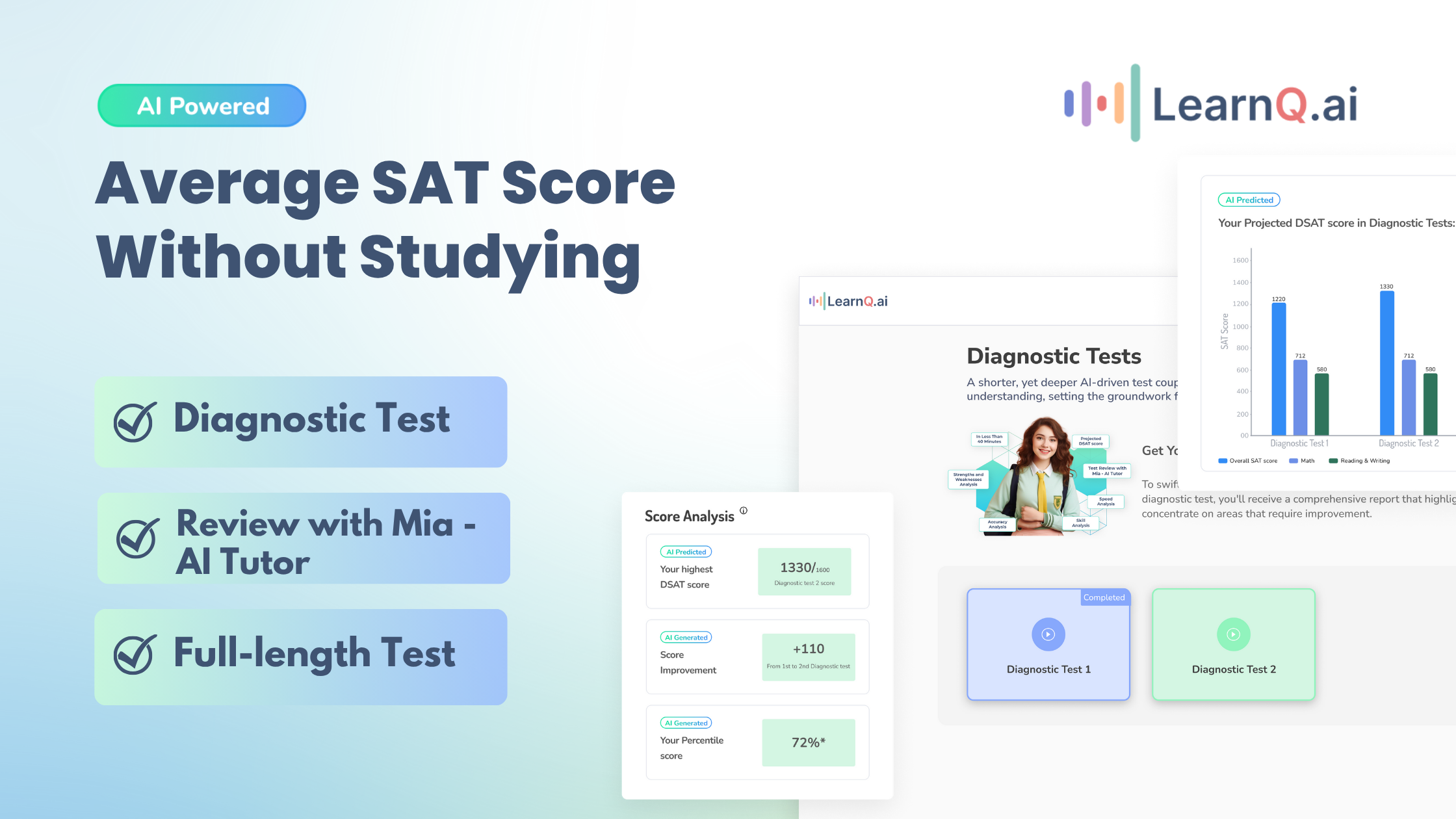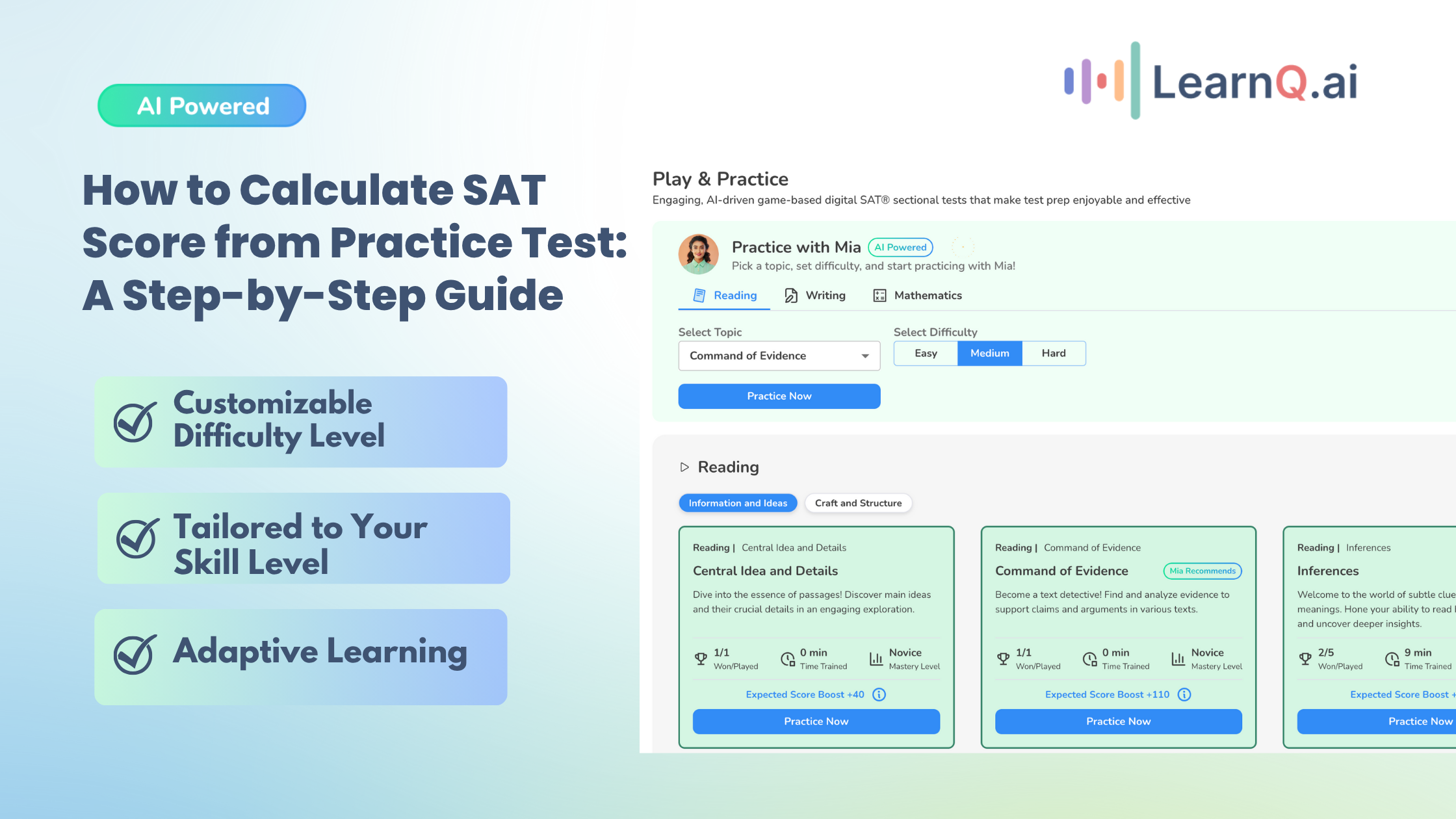Ever wondered what those mysterious acronyms SAT and PSAT stand for? Or maybe you’ve heard them whisper in hushed tones around college application season? Well, fret no more! This section unveils the secrets behind these important exams and also presents a perfect differentiation between SAT Vs Digital SAT Vs PSAT.
Brief History and Purpose of the SAT and PSAT
- The SAT (Scholastic Assessment Test): Born in 1926, the SAT has a long and storied history. It was designed to assess a student’s preparedness for the rigors of college-level work. By testing reading, writing, and math skills, it aimed to predict a student’s success in higher education.
- The PSAT/NMSQT (Preliminary SAT/National Merit Scholarship Qualifying Test): A younger sibling to the SAT, the PSAT arrived in 1963. It serves a dual purpose: as a practice test for the SAT, giving students a taste of what’s to come, and as a qualifier for the prestigious National Merit Scholarship Program.
Introduction of digital formats: Digital SAT and PSAT
The College Board, the guardian of these exams, is shaking things up! Get ready to ditch the familiar No. 2 pencils because digital versions of the SAT and PSAT are on the horizon. This shift from paper to pixels marks a significant change in how these assessments will be delivered.
Timeline and motivations behind the shift to digital
The College Board has some compelling reasons for this move:
Image Source: College Board
- Flexibility for All: Imagine scheduling your test around your busy life, not the other way around! Digital testing offers more options, making it potentially more accessible for everyone.
- Security Matters: Digital exams might be tougher for cheaters to crack. Plus, faster and more accurate scoring means quicker results for you!
- A Modern Approach: Let’s face it, technology is everywhere. Shifting to a digital format reflects the growing importance of tech in education and daily life.
Enhance your Digital SAT study routine with AI-driven insights and personalized practice tests.
Advantages of the Digital SAT and PSAT
The digital revolution is transforming the SAT and PSAT, and that’s why we are discussing SAT Vs Digital SAT Vs PSAT. This translation to digitalization has brought a wave of benefits for students and schools. Let’s look into the key advantages that digital tests offer;
1. Improved Accessibility for Test-Takers:
Digital testing creates a more inclusive environment by offering features like:
- Text-to-speech and speech recognition software: This empowers students with visual impairments or reading difficulties to access the test content effectively.
- Zoom functionality: Students with visual needs can magnify text for better readability, ensuring they can focus on the questions at hand.
- Compatibility with assistive technologies: Students who rely on specific tools can leverage them during the digital test, promoting a level playing field.
These features ensure everyone has a fair opportunity to showcase their abilities.
2. Reduction in Test Duration:
Say goodbye to marathon testing sessions! The digital format might lead to shorter test durations. Initial reports suggest the digital SAT could be completed in around two hours, compared to the current three-hour paper-based test. This condensed time frame could potentially:
- Reduce test fatigue: A shorter test might help students maintain focus and concentration throughout the exam.
- Improve test performance: Feeling less tired could lead to clearer thinking and better decision-making during the test.
3. Adaptive Testing Features:
Imagine a test that tailors itself to your strengths and weaknesses! The digital SAT and PSAT might incorporate adaptive testing technology. Here’s how it works:
- Dynamic difficulty adjustment: The difficulty of the questions you see changes based on your previous answers.
- Personalized assessment: Aced the reading passage? Get ready for a more challenging one! Struggling with math concepts? The test might present easier problems to gauge your understanding before ramping up the difficulty.
This personalized approach can lead to a more accurate reflection of your abilities and a less frustrating testing experience.
4. Enhanced Test Security Measures:
Digital testing offers the potential for tighter security measures, potentially reducing opportunities for cheating:
- Reduced risk of paper-based test tampering: Eliminates the possibility of breaches or leaks involving physical test materials.
- Stricter authentication: Digital exams might require stronger student identification verification procedures.
- Monitoring capabilities: The digital platform might have features to detect suspicious activity during the test.
These measures aim to ensure the integrity of the testing process and the fairness of the results.
5. Faster Access to Test Scores:
Say goodbye to waiting weeks for your scores! The digital format could lead to a significant reduction in score wait times:
- Automated scoring: Digital tests can be scored electronically, potentially eliminating the need for manual review and processing delays.
- Quicker turnaround: Students might receive their scores within days of taking the digital SAT or PSAT, allowing them to factor their results into college application decisions more efficiently.
This faster access to scores can be a game-changer for students and colleges alike.
6. Flexibility in Test Administration for Schools:
The digital format offers schools greater scheduling flexibility for test administration:
- Reduced logistical burden: Schools no longer need to manage the distribution, collection, and security of paper-based test materials.
- Wider testing windows: Digital testing might allow for more flexible testing windows throughout the year, potentially accommodating student schedules better.
- Simplified rescheduling: Rescheduling a digital test due to unforeseen circumstances might be easier than doing so in the traditional format.
This flexibility can streamline the testing process for schools and provide students with more opportunities to take the SAT or PSAT.
7. Introduction of On-Screen Calculators and Other Digital Tools:
Digital exams open doors to the potential integration of on-screen tools and features:
- Built-in calculators: Students might no longer need to bring their calculators, potentially reducing test-day anxieties and ensuring everyone has access to the same calculator functions.
- Accessibility features: The digital platform might offer a range of features to support students with disabilities, such as text-to-speech conversion, screen magnification, and other assistive technologies.
- Interactive tools: Future iterations might even explore interactive tools like geometric shapes or graphs to enhance understanding of certain math concepts.
The on-screen tools and features shown below promote a more inclusive and potentially efficient testing experience.
| Review Tool | Desmos Calculator |
| Timer | Formula Sheet |
Test Format Comparisons: Analog vs. Digital – Demystifying the Differences
The transition to digital formats brings changes to the way the SAT and PSAT are delivered and experienced and gives a clear point to differentiate between- SAT vs Digital SAT Vs PSAT. Let’s check out the key differences;
| Feature | Traditional (SAT) | Digital (DSAT/PSAT) |
| Delivery Method | Filling out answer sheets with bubbles/grids using a No. 2 pencil | Interacting with the test on a computer or tablet |
| Test-Taking Strategies | It may require adjustments due to the shift in method | Familiar strategies might still be valuable, but some adaptations might be necessary |
| Exam Duration | Typically 3 hours | Potentially shorter (around 2 hours for the digital SAT) |
| Testing Approach | Static difficulty level for all test-takers | Potentially adaptive testing, adjusting difficulty based on student performance |
| Calculator Use | Students bring their own approved calculators (restrictions apply) | A built-in calculator might be available in the testing app |
| Tools and Aids | Paper and Pencil | Potential for on-screen tools and accessibility features (text-to-speech, zoom) |
Key Features and Changes in the Digital PSAT
The digital PSAT shares similarities with the digital SAT, but caters specifically to sophomores and juniors as a practice test for the SAT and a qualifier for scholarships. Let’s explore the key features and unique aspects of the digital PSAT.
Specifics on the length and format as compared to the SAT
The digital PSAT is 2 hours and 14 minutes long, with 98 total questions. There are two parts: (1) Math; and (2) Reading and Writing. There are two equal-length modules within each part.
It should be noted that the digital PSAT and digital SAT have the same format.
Differences in math content between the digital SAT and PSAT
The math sections of the digital PSAT and SAT will likely share some core concepts, but there might be variations in depth and complexity.
- Digital PSAT Math: Focuses on foundational math skills and problem-solving strategies commonly encountered in high school coursework.
- Digital SAT Math: Delves deeper into advanced math concepts, potentially including trigonometry and more complex algebra.
The PSAT serves as a stepping stone, preparing students for the broader range of mathematical reasoning tested in the SAT.
Introduction of digital device examination through the Bluebook app
The digital PSAT will be administered through the Bluebook app, a secure testing platform developed by the College Board. Students will take the exam on a computer or tablet compatible with the app.
Here are some additional points to consider:
- The Bluebook app will likely have a built-in calculator for the math section, eliminating the need for students to bring their graphing calculators.
- Familiarization with the Bluebook app interface beforehand might be helpful for test-takers.
The College Board may provide resources and practice tests to help students get comfortable with the digital testing environment.
Want to get familiar with the Bluebook app? Practice here!
LearnQ.ai is Powered by VEGA AI—Is your Institute Next?
Give students a Duolingo-style test-prep platform with Shopify-level customization for tutors and institutes.
Preparation Strategies for Digital SAT and PSAT
The digital revolution in the SAT and PSAT landscape calls for some adjustments to your test prep strategy. Let’s explore key tactics to ensure you’re well-equipped to tackle these digital assessments.
Importance of familiarizing with digital devices and testing apps
Conquering the digital SAT and PSAT starts with getting comfortable with the technology. Here’s what you can do:
- Practice with the Bluebook app: If the PSAT utilizes the Bluebook app, download it beforehand and explore its interface. Familiarize yourself with navigation, question formats, and answer selection methods.
- Practice on a computer or tablet: Taking practice tests on a computer or tablet can simulate the actual testing experience. This helps you adjust to using a digital device for extended periods and navigate the digital test environment effectively.
The more comfortable you are with the technology, the less time you’ll spend fumbling and the more energy you can devote to showcasing your academic abilities.
Utilizing digital study resources and practice tests
The digital world offers a wealth of resources to boost your SAT and PSAT preparation. Consider these options:
- Digital study platforms: Explore online resources and platforms specifically designed for SAT and PSAT prep. These often offer interactive lessons, practice questions, and personalized feedback.
- Digital Practice tests: Taking advantage of digital practice tests under timed conditions can help you develop your test-taking stamina and refine your digital exam skills.
Leverage LearnQ.ai to Level Up Your Prep Game
The digital SAT and PSAT landscape offers a range of resources to propel your test prep journey. Let’s explore LearnQ.ai, a comprehensive online platform designed to empower students to succeed in digital assessments.
Mastering Concepts Through Play, Practice, and Personalized Diagnostics:
LearnQ.ai goes beyond rote memorization by offering an engaging and effective learning experience:
- Playful Learning: LearnQ.ai incorporates interactive elements and gamification techniques to make test prep fun and engaging. This can help boost motivation and improve knowledge retention.
- Targeted Practice Tests: Hone your skills with a vast library of practice tests specifically aligned with the digital SAT and PSAT formats. These tests cover a variety of difficulty levels and question types, ensuring well-rounded preparation.
- Diagnostic Assessments: LearnQ.ai uses AI-powered diagnostics to pinpoint your strengths and weaknesses. This personalized feedback helps you identify areas needing the most focus and allows LearnQ.ai to create a customized study plan.
Deepen Understanding with Engaging AI-Tutor-Mia!
In addition to its playful and practical approach, LearnQ.ai fosters a deeper understanding:
- AI Tutor-Mia at Your Fingertips:
- Mia uses AI to analyze your performance and identify your strengths and weaknesses in the digital SAT. Based on this analysis, Mia creates a customized study plan that focuses on the areas where you need the most improvement.
- You’ll have access to a vast library of practice questions specifically designed for the digital SAT format. Mia will provide instant feedback on your performance, helping you understand where you went wrong and track your progress over time.
- Unlike a human tutor, Mia is available 24/7 to answer your questions, provide guidance, and offer practice opportunities.
Simulating the Digital Experience:
LearnQ.ai helps you get comfortable with the digital testing environment:
- Digital Testing Interface: The platform mirrors the look and feel of the actual digital SAT and PSAT, allowing you to practice test-taking strategies in a familiar format.
- Time Management Tools: LearnQ.ai integrates time management tools to help you develop strategies for pacing yourself effectively during digital exams.
Additional Learning Resources:
LearnQ.ai provides a range of supplemental resources to enhance your preparation:
- Performance Analytics: Detailed performance analytics track your progress over time, allowing you to identify areas for improvement and gauge your overall test readiness.
With its playful approach to learning, targeted practice tests, personalized diagnostics, and engaging instruction, LearnQ.ai is a valuable resource for students aiming to conquer the digital SAT and PSAT.
Want to know more about the dos and don’ts of SAT exams? Read this blog!
Planning a study routine adapted to the digital format
The digital format requires a slightly different approach to study planning. Here are some tips:
- Schedule digital practice sessions: Integrate timed practice tests using digital tools into your study routine. This helps you get accustomed to the pace and pressure of the digital exam.
- Focus on digital test-taking strategies: Develop strategies specifically for navigating the digital interface, managing time on a digital platform, and efficiently selecting answers within the digital format.
By incorporating these strategies into your preparation, you’ll be well on your way to conquering the digital SAT and PSAT!
Are you looking for a Digital SAT Prep Resource? Read this blog!
Consistencies Across Formats
While the digital SAT and PSAT introduce new elements, some core aspects remain unchanged. Let’s explore the areas of continuity that bridge the gap between traditional and digital formats.
Fundamental skills assessment: reading, writing, and math
The digital SAT and PSAT, like their paper-based counterparts, will continue to assess your mastery of fundamental academic skills:
- Reading: Your ability to comprehend and analyze complex passages from various literary and informational sources.
- Writing: Your effectiveness in crafting clear, concise, and well-structured written arguments and analyses.
- Math: Your proficiency in applying mathematical concepts and problem-solving strategies to various scenarios.
These core skills are essential for success in college-level coursework, making them a consistent focus across both testing formats.

Retention of the SAT score scale out of 1600
The digital SAT will retain the familiar 1600 score scale (800 for reading and writing combined, and 800 for math). This established scale allows for easy comparison of your performance with college admissions benchmarks and national averages.
Minimal changes in test preparation strategies
While some adjustments might be necessary, the core test-taking strategies you develop for the traditional SAT and PSAT will still be valuable for the digital versions. Skills like:
- Time management: Effectively allocating time across different sections and question types.
- Critical reading: Identifying key points, analyzing arguments, and drawing inferences from text.
- Problem-solving: Applying mathematical concepts and strategies to solve a variety of problems.
These foundational test-taking skills will continue to be crucial for success in the digital format.
Continued relevance of SAT scores in college admissions
Despite the shift to digital, SAT scores are likely to remain a relevant factor in college admissions for the foreseeable future. Colleges may use these scores alongside other application materials like GPA, extracurricular activities, and essays to form a holistic picture of your academic potential.
LearnQ.ai is powered by VEGA AI—Is your institute next?
Offer students a Duolingo-style test-prep platform with Shopify-level customization for tutors and institutes.






Summing Up
In conclusion, the transition to digital formats for the SAT and PSAT marks a significant advancement in standardized testing, offering a range of benefits for students, educators, and schools alike. The introduction of adaptive testing, enhanced accessibility, improved security measures, and faster score reporting are just a few examples of how digital testing is revolutionizing the assessment landscape.
As students prepare for these digital exams, platforms like LearnQ.ai can play a pivotal role in providing comprehensive study resources, practice tests, and personalized learning experiences. By familiarizing themselves with digital devices and testing apps early on, students can optimize their preparation and performance on the digital SAT and PSAT.
As the educational landscape continues to evolve, students need to adapt to new formats and technologies. LearnQ.ai’s innovative approach to digital learning empowers students to excel in the digital age, ensuring they are well-equipped to succeed in their academic pursuits.
To learn more about how LearnQ.ai can enhance your preparation for the digital SAT and PSAT, visit LearnQ.ai today!

